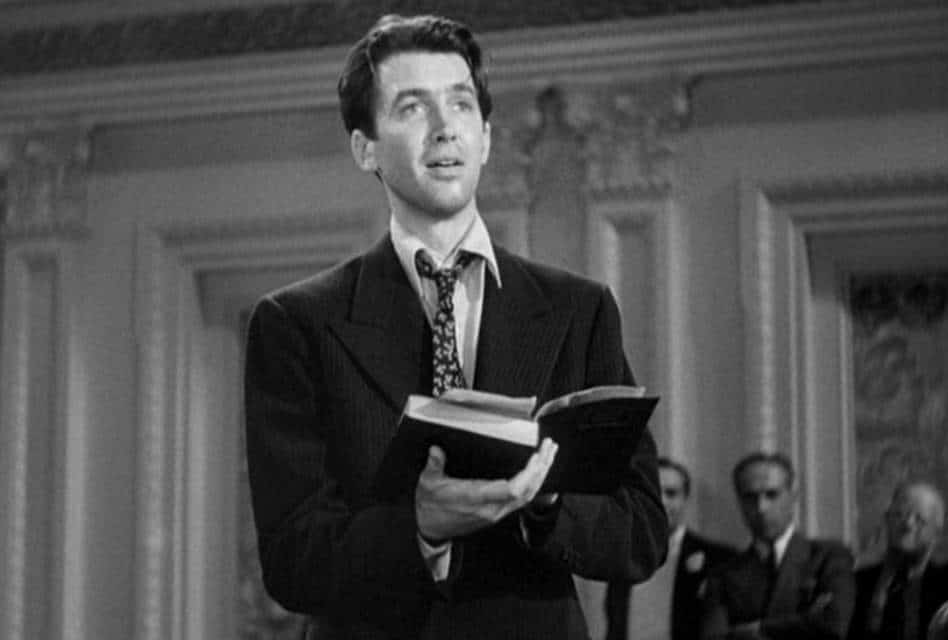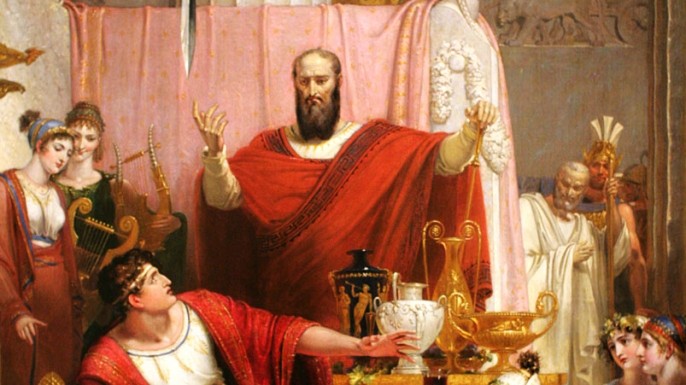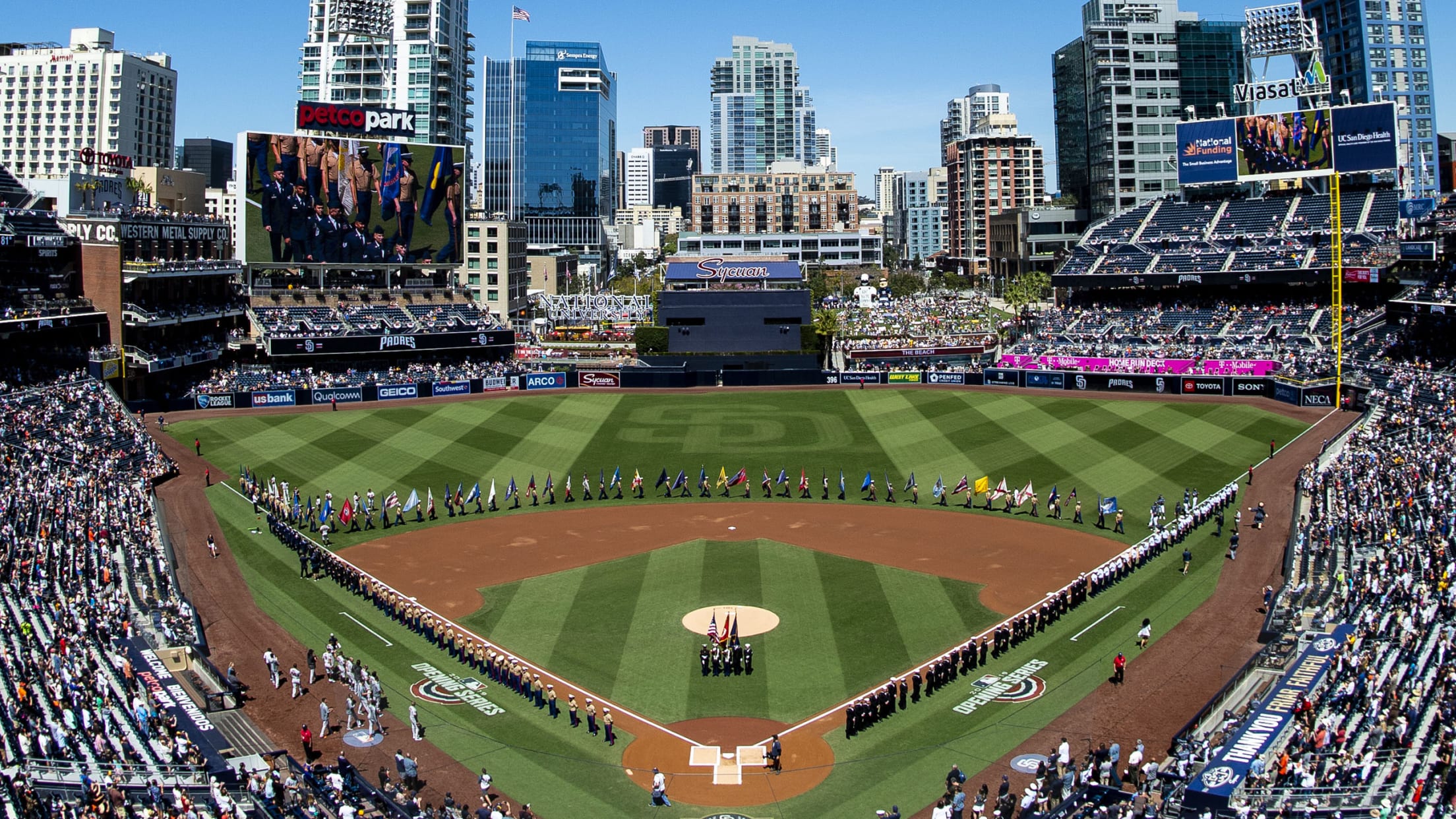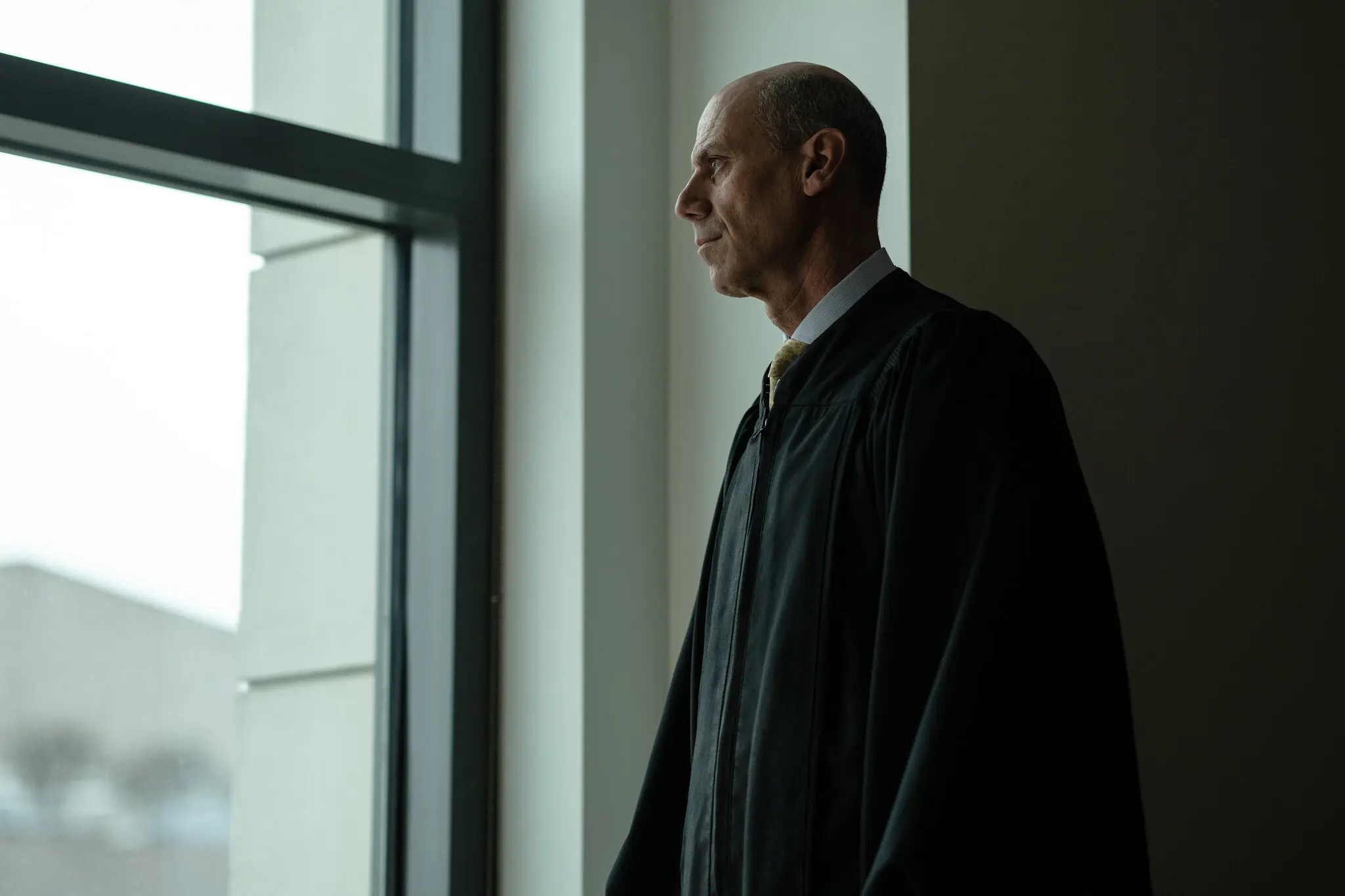Just off the 101 freeway in Carpinteria, California back from the road sits Rudy’s, a strip-mall-style Mexican restaurant where the tacos are tasty and burritos are muy bueno! It’s a place where my web designer Harold and I show up to meet… well, first a little backstory.
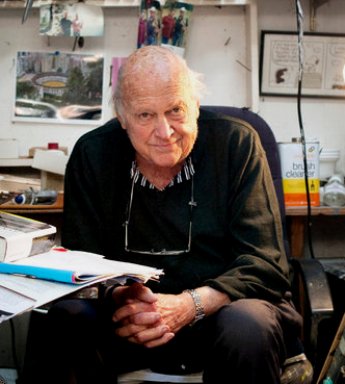
Seventh grade and I’d just been hit with a stunner of a homework assignment: prepare a five-minute oral report on any topic.
“FIVE minutes!? How am I ever going to speak for five minutes?” I tell my mother.
She just looks at me and just says one word, “Manolete.”
“What is a Manolete?” I ask her.
“Not what, who! Wait here,” she says as she exits the kitchen. A moment later, she returns with a thin, hardcover book with an almost shredded, yellow cover. “Read the opening paragraph,” she instructs.
“On August 27, 1947, a multimillionaire and a bull killed each other in Linares, Spain, and plunged the entire nation into deep morning. The bull’s name was Islero, and he was of the Miura strain. The man’s name was Manolete, and he was the essence of everything Spanish. His story is the embodiment of la fiesta brava, (the brave spectacle).”
I spent the rest of the afternoon and evening learning and distilling all the key aspects of bullfighting, along with a brief biography of Spain’s legendary bullfighter into about ten 3X5 cards that I used to stand before the class and give my report.
La Fiesta Brava was not only one of my mother’s favorite books, it came on the heels of Matador, the second book by Barnaby Conrad about the death of Manolete, which, along with Conrad’s first book, The Innocent Villa, sold more than two-million copies. After my mother’s death, this was one of the books I kept for my own library. But beyond that seventh grade report, it carried no other meaning for me… until I get a call from Harold Burch.
“Did you know that Barnaby Conrad lives near you?” he tells me before one of his yearly visits. “Do you know him? Can you contact someone who does, so I can meet him?”
Flash forward to Rudy’s. Harold and I are seated, waiting for his idol. Suddenly, Harold’s face lights up like it’s Christmas Eve, and he’s just won the lottery. (Harold doesn’t light-up for anyone.)
Barnaby has entered the building.
We begin calling him Mr. Conrad and he quickly corrects us. “Please, call me Barny.” (that’s Barny without the ‘e’).
The lunch turns into a visit to his home and studio a short distance from the restaurant where the walls are covered with all manner of what can only be described as Conrad-bilia: everything from photos of Barny in the ring under the nom-de plume “El Niño de California” (the California Kid) to his artwork, to a telegram he shows us from Hemingway who criticized Barny’s work.
“I think he was jealous of Matador,” Barny explains. Hemingway had written Death in the Afternoon in 1932 and apparently was bent out of shape believing Matador, written in 1952, contained too many similarities to Death.
Conrad loves to regale visitors with stories of his past, but contrary to others, Barny documents them in photos and letters on the walls of his home.
Harold shows Barny a photo of his dad in a bullring. Seems the elder Burch was a modest bullfighter himself. Conrad studies the photo and says it reminds him of celebrated 40’s matador Carlos Arruza. (Later on, I had a blow-up made of the photo, took it to Barny who was kind enough to sign it for Burch, Sr.)
We must have spent a good three or four hours with Conrad talking about bullfighting, writing, his adventures as well as his own paintings and sculptures in his studio. Sadly, last week Barny passed away at the age of 90. The notice in the New York Times (Feb. 16) caused me to revisit my small collection of books he had signed.
Name Dropping offers “tales from my San Francisco Night Club,” suitably named El Matador, that Conrad owned for a time. Here’s a story Barny shares about Arruza.
“One day in 1956,” Conrad writes, “Arruza telephoned from Mexico City to say he wanted to visit San Francisco for the first time, causing great excitement at El Matador. During the conversation he said he was ‘scared of the terremotos, the earthquakes,’ and asked how often we had them.
“It was interesting to hear one of the bravest bullfighters of all times use the word ‘scared’ – he who had been gored thirteen times… he who in the 1945 season took part in 108 amazing corridas, killed 222 bulls, and was awarded a record 217 ears, 75 tails, and 20 hooves.
“In vain did I assure him that we hadn’t had an earthquake in years and that getting one during his visit was a one-in-a-million chance. He wasn’t convinced, such was his phobia, and he checked into a motel on flat Lombard Street instead of a hotel on Nob Hill…
“He came with several friends, and that first night they whooped it up quite a bit at El Matador… After getting into bed, Arruza spotted a coin machine next to it. Thinking it was for music, he dropped in a quarter, turned out the light and lay back. It was one of those massage machines, and instead of hearing soothing melodies, Arruza felt the earth shake, rock and quiver.
“ ‘Terremoto!’ he yelled, leaping out of bed. Arruza ran out the door to warn his companions and continued till he was out in the street, where he shamefacedly discovered there was no earthquake.”
Here’s to you, Barny – a true one-in-a million writer-bullfighter-painter-sculptor and adventurer supreme.
Comments

